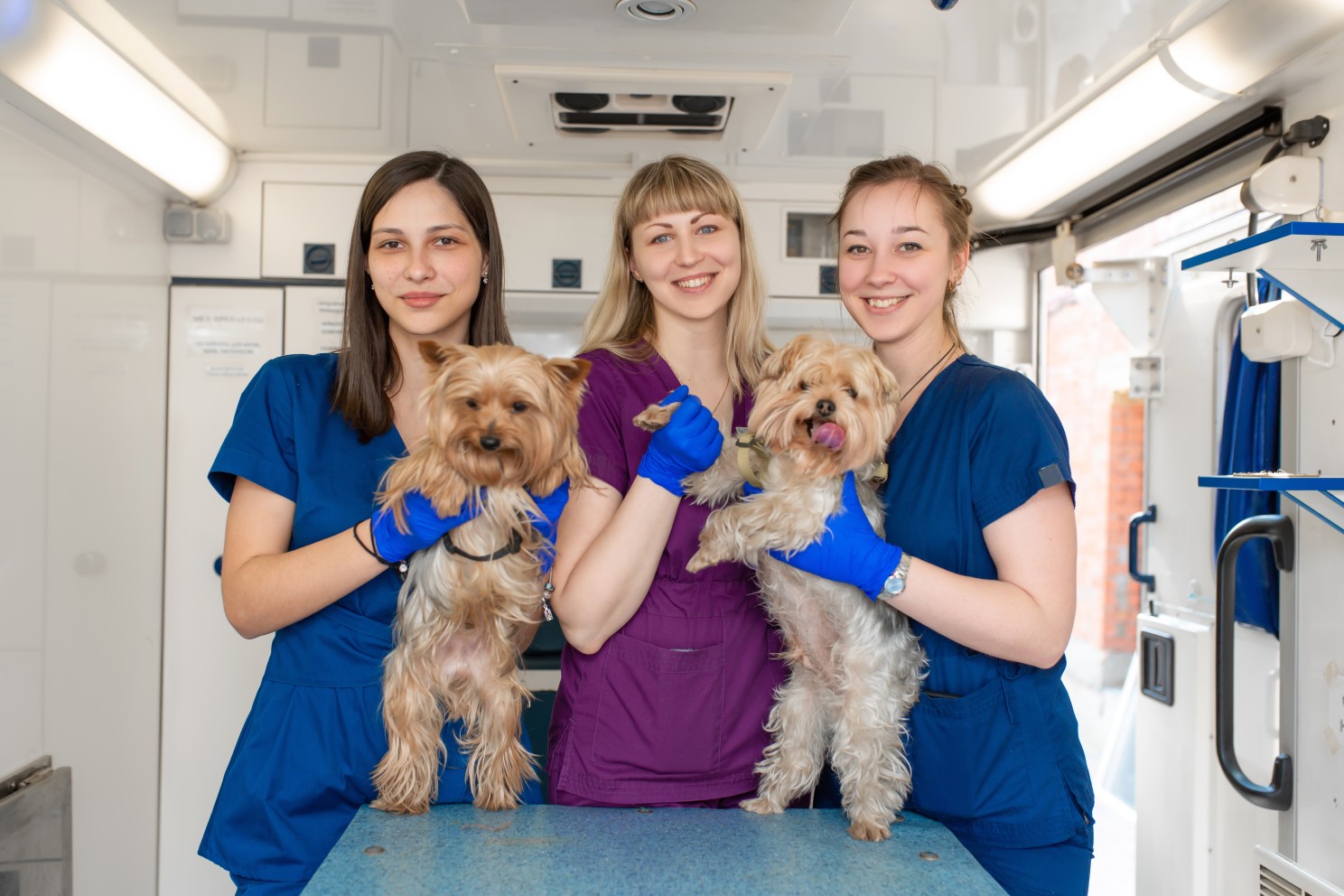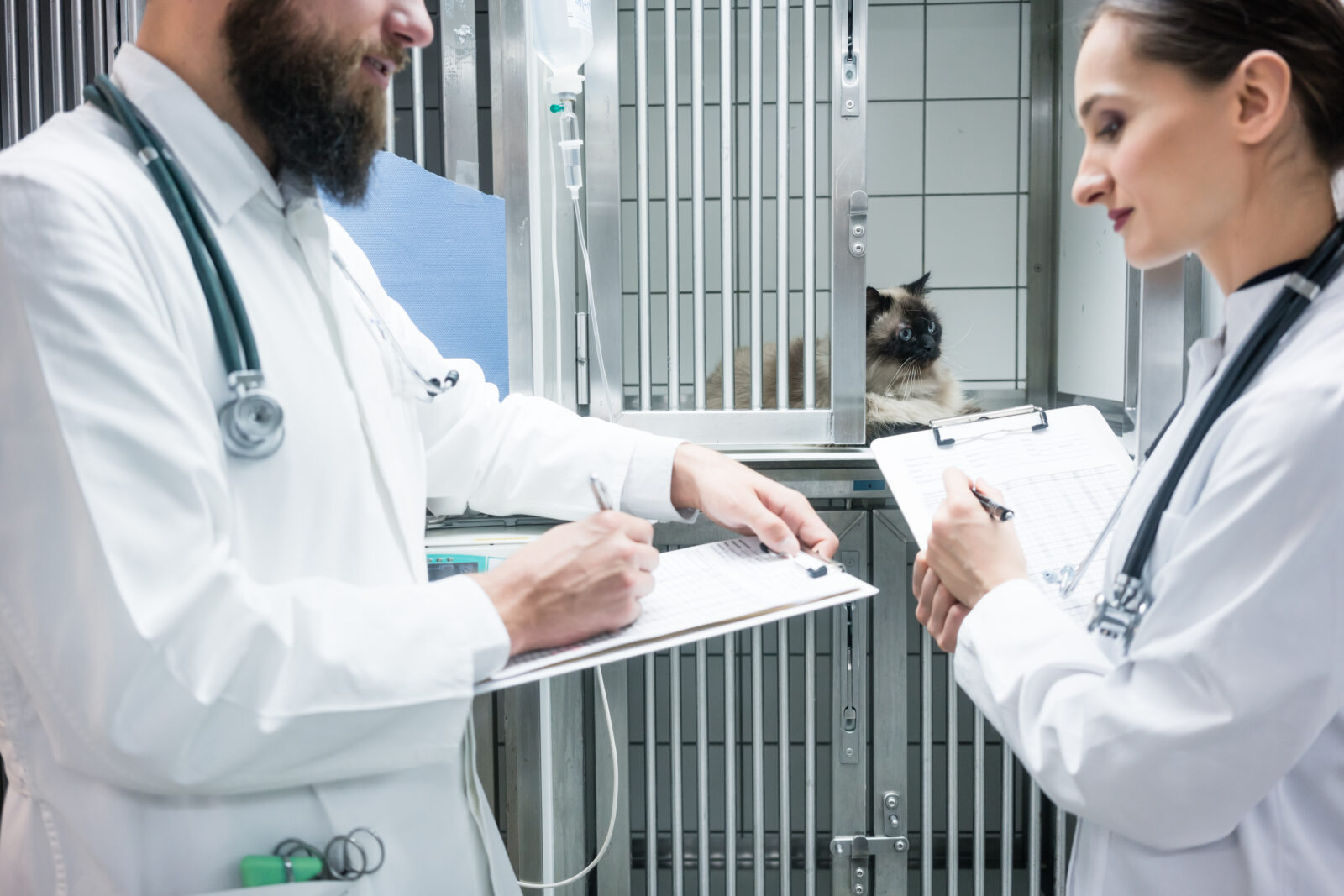If you’re anything like me, then you know what it’s like not to feel appreciated for the work that you do. Whether it’s the client you bent over backward for who didn’t even say thank you, or the team member whose shift you covered who didn’t acknowledge your gesture, it feels hurtful, deflating, and downright icky.
More, now than ever before, veterinary team members are working longer hours, seeing more appointments, and managing with lower staffing levels. All of these factors contribute to burnout and staff turnover that are at record highs in veterinary medicine. And they are most definitely not helped by a lack of workplace appreciation.
A systematic review investigating the link between burnout and work-related factors in different work environments within North America, Europe, Australia, and New Zealand demonstrates that symptoms of burnout including emotional exhaustion and cynicism are associated with low workplace support and low reward. In other words, employees who do not feel supported by co-workers or supervisors, and those who do not feel rewarded for their work, are more likely to experience higher levels of burnout.
Studies surveying companion animal veterinary teams in the USA and Canada also reveal a link between burnout and workplace toxicity. And one of the features of workplace toxicity is a lack of team effectiveness, which is often fueled by an absence of team member recognition or appreciation.
Recently, a study examining causes of burnout among more than 1,600 veterinary technicians found that a perceived absence of appreciation and support was associated with higher levels of emotional exhaustion and cynicism, two symptoms of burnout.

Veterinary medicine has always had a rate of employee turnover higher than the national average; but that rate seems to have worsened over the last 3 years. As such, it is more important now than ever before that veterinary teams and practice leaders show appreciation for one another, to foster feelings of recognition and support.
Now, you might think that a pizza lunch, coffee gift card, or note of thanks are a surefire way to your teammate’s heart. But the reality is that each of us is different when it comes to how we most feel appreciated. In other words, while an email shout-out might work for one person, a one-on-one meeting might work best for another.
So, how do you know what is best when it comes to showing appreciation to the people you work with? The answer will become clearer once we break down the different ways that people give and receive appreciation in the workplace.

Five Appreciation Languages in the Veterinary Workplace
If you’ve heard of the Five Love Languages by Gary Chapman, then the Five Languages of Appreciation in the Workplace will be very familiar to you. The two are similar in terms of their basic meaning, the only difference is the context in which they are applied.
Rather than feeling love from a romantic partner, friend, or parental figure, the Five Languages of Appreciation in the Workplace refers to how a person feels acknowledged or cared for at work. And as I alluded to previously, it is different for every individual. We tend to have 1 or 2 dominant languages through which we best receive appreciation. And for most people, their dominant language(s) tend to be our default to showing appreciation to others. Let’s examine the five languages in detail using examples.
1.Words of Affirmation
Telling someone what they did that helped you or why you appreciate them, in the form of a card, text, email, or verbal praise, is a way to show appreciation to those who like to be singled out for completing a specific task or accomplishing something in particular. These individuals might also like to receive a shout-out in front of a group at a team meeting, via a hospital newsletter, or on a practice gratitude board.
2. Tangible Gifts
People who feel appreciated most in the form of gifts like to know that time, thought, or energy went into choosing a gift that resonates with them. For example, if a person enjoys yoga they might appreciate a class pass to a studio or if a person listens to music they might prefer an iTunes gift card. Ultimately, gifts that create experiences that align with a person’s values or hobbies are better than a one-and-done gift.
3. Quality Time
Team members who feel most appreciated when they are receiving undivided attention want to be acknowledged in the form of shared experiences or spending time alongside another person. Couples who value this language enjoy watching TV or playing a sport together, whereas team members would appreciate being taken to lunch or out on a walk for a face-to-face check-in.
4. Acts of Service
Some team members (myself included!) feel the most cared for when someone shows it rather than simply says it. In other words, small acts of kindness or generosity such as helping to catch up on treatments during a busy time of day or taking over a task that is time-sensitive are gestures that really resonate.
5. Physical Touch
For those who feel appreciation most in the form of physical connection, spontaneous hugs, high-fives, fist bumps, or elbow taps are the best way to demonstrate appreciation or simply recognize something worth celebrating.
The five appreciation languages are important to recognize, because if you are always showing appreciation using your dominant language, then the person you are expressing gratitude for might not be fully experiencing it. So, next time you want to show appreciation to one of your coworkers, ask how they would like to receive it.
